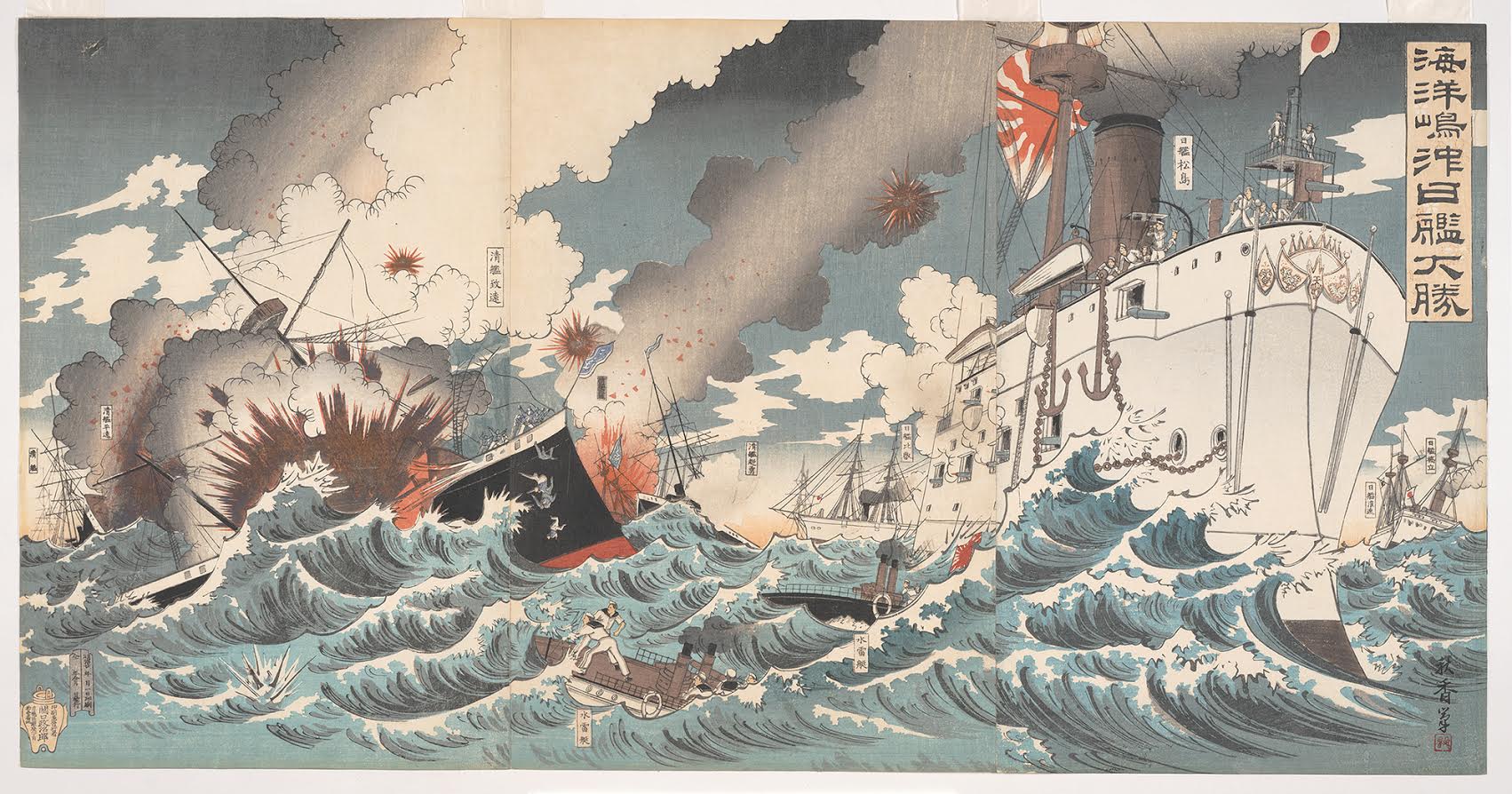Sensō-e, literally "war pictures," are a particularly dramatic form of Japanese woodblock print that emerged as a style of reportage during the Satsuma Rebellion of 1877, and went on to become a widespread and popular way of disseminating patriotic imagery during the First Sino and Russo-Japanese wars. The 2017 catalog "Flash of Light, Fog of War" features 75 of these images and was produced following a donation of a private collection to the Ackland Art Museum at the University of North Carolina at Chapel Hill.
Sensō-e — reproducible images made to depict current events — were not intended to be appreciated as "fine" art by a cultured elite. They were, however, meant to be eye-catching and sensational and, whatever their aesthetic aspirations, it was incumbent on them to deliver.



